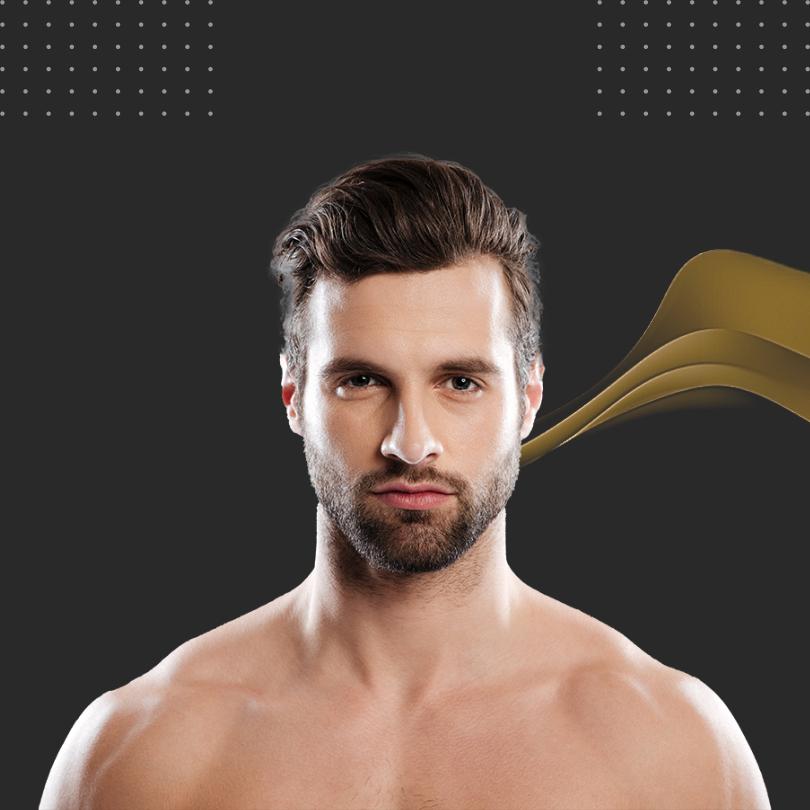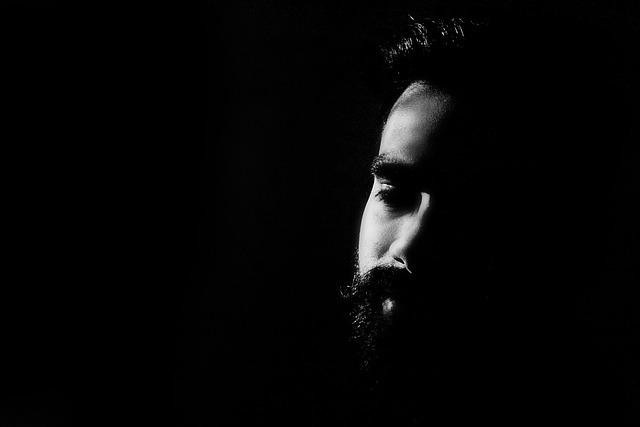Crafting the perfect beard is an art form that goes beyond simply letting your facial hair grow. The key to a well-groomed beard lies in understanding how to shape it to complement your unique face shape. Whether you’re aiming for a rugged, masculine look or a clean, sophisticated style, tailoring your beard to suit your facial structure can make all the difference. In this guide, we will walk you through the essential steps to trim your beard to perfection, ensuring it enhances your natural features and boosts your confidence. With the right tools and techniques, you’ll be able to transform your beard into a statement that’s as individual as you are. Let’s dive into the world of beard grooming and discover how to achieve a look that’s perfectly aligned with your face shape.
Understanding Your Face Shape for Optimal Beard Trimming
Identifying your face shape is the cornerstone of perfecting your beard style, as it guides the trimming process to enhance your natural features. To determine your face shape, consider the following characteristics:
- Oval: Balanced proportions with a slightly curved jawline. Most styles work well, but keeping the beard shorter on the sides and fuller on the chin can accentuate the natural symmetry.
- Square: A strong, angular jawline with equal width at the forehead and jaw. Opt for a style that softens the edges, like a rounded beard or a goatee, to complement the sharp features.
- Round: Similar width and height, with a rounded jawline. Aim for a style that elongates the face, such as a longer goatee or a beard with trimmed sides and a fuller chin.
- Rectangle/Oblong: Longer than it is wide, with a straight jawline. Avoid lengthening styles; instead, balance the face by keeping more volume on the sides.
- Heart: Wider forehead and narrow chin. A fuller beard can help add width to the jawline, while a subtle mustache can balance the top.
- Diamond: Prominent cheekbones with a narrower forehead and jaw. Styles that add width at the jawline, like a full beard, can help create a more balanced appearance.
Once you’ve identified your face shape, choose a beard style that complements it, enhancing your natural features rather than competing with them. A well-trimmed beard can redefine your look, offering a blend of sophistication and rugged charm.

Choosing the Right Beard Style to Complement Your Features
Finding the perfect beard style to enhance your facial features can transform your appearance. It’s crucial to consider your face shape when making this decision. Here are some guidelines to help you make the right choice:
- Oval Faces: Lucky you! Almost any beard style suits an oval face. Consider a classic full beard or a stylish stubble to accentuate your balanced proportions.
- Round Faces: Aim for styles that add length and definition. A goatee or a Van Dyke can elongate the face, while an anchor beard can add structure.
- Square Faces: Focus on softening the angles. A circle beard or a rounded beard style can add a touch of softness to a strong jawline.
- Rectangular Faces: Balance is key. Opt for fuller sides with a shorter length on the chin, such as a boxed beard, to prevent elongation.
- Heart-Shaped Faces: Minimize the width of your forehead with a beard that adds volume to the jawline, like a chin strap or a full beard.
Embrace your unique features by selecting a beard style that complements your face shape, enhancing your natural allure.

Step-by-Step Guide to Trimming Your Beard for a Flattering Look
Achieving a well-groomed beard that enhances your facial features starts with understanding your face shape. Each shape—be it oval, square, round, or oblong—requires a tailored approach to trimming that highlights your natural contours. Start by identifying your face shape, which will guide your trimming strategy and ensure a balanced look. Use a good quality trimmer with adjustable settings to manage the length of your beard effectively. Begin with a longer guard and gradually move to shorter ones to avoid taking off too much at once.
- Oval Face: Aim for a shorter length on the sides and a bit more volume on the chin to maintain a balanced appearance.
- Square Face: Soften the angles by keeping the sides slightly longer and rounding off the edges.
- Round Face: Add length to your face by trimming the sides shorter and keeping more length at the bottom.
- Oblong Face: Keep the sides fuller and trim the chin area shorter to avoid elongating your face further.
Remember to comb through your beard before trimming to detangle and ensure an even cut. Regular maintenance and knowing the right trimming technique will not only enhance your appearance but also boost your confidence.

Tools and Techniques for Precision Beard Shaping
Achieving a beard that complements your face shape requires the right tools and techniques. Investing in a high-quality beard trimmer with adjustable length settings is crucial for precision. This ensures you can maintain a consistent length, which is essential for styles like the defined cheek line or the sharp jawline. Straight razors or safety razors are excellent for creating clean lines and achieving a polished look. For those with sensitive skin, opting for a razor with multiple blades can help reduce irritation.
To refine your beard shaping skills, consider these techniques:
- Mapping Your Face: Use a beard comb to identify your natural growth pattern. This helps in understanding where to trim or let it grow for a more balanced look.
- Fading: Employ a gradual fade from the sideburns to the chin for a seamless transition, enhancing the natural contours of your face.
- Defining Edges: Utilize a beard shaping tool or stencil to outline sharp edges around the cheeks and neck, ensuring symmetry and precision.




